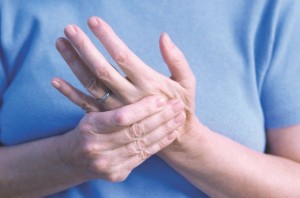Pain does not need to be a fact of life
We often talk about the aches and pains that come with age, as if it’s the natural course of events. Half of older adults in the U.S. report having pain that affects their activity, and many of them feel they have no recourse but to live with it.
So what actually happens to the human body over the years?
- Bone density lessens, sometimes culminating in osteoporosis — brittle bones that present a higher risk of fracture.
- The gel-like discs in between the vertebrae get thinner, which can cause back pain.
- Cartilage in the hips and knees may degrade, causing the bones to rub together. This is known as osteoarthritis.
- Metabolism changes can lead to weight gain, increasing pressure on the knees and hips.
PREVENTION:Exercise and weight loss can help. Every extra pound puts three to five pounds of pressure on the knees, hips and ankles. Losing even a small amount of weight can reduce your risk of osteoarthritis.
- Weight training and resistance training increase/maintain lean muscle.
- Flexibility exercises relieve joint stiffness and improve range of motion.
- Aerobic exercise improves metabolism, which helps keep weight off.
TREATMENT:If pain is interfering with your quality of life, see a doctor. Discuss the type of pain, when it occurs and its intensity. With so many treatment options available, nobody needs to accept pain as part of aging.

